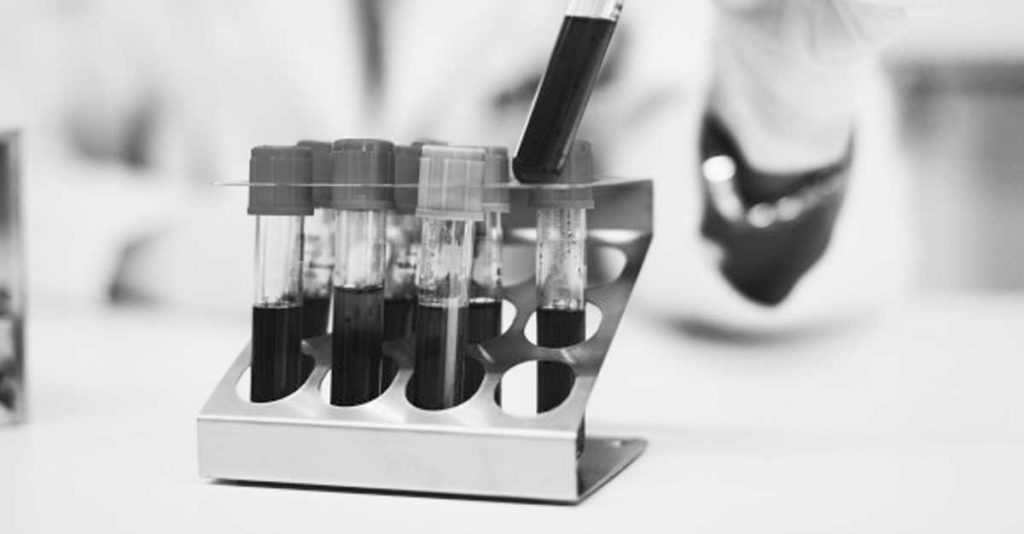Cholesterol is essential for life. It enables your body to construct new cells, protect nerves, and produce hormones. Normally, your liver makes all the cholesterol your body needs. But, cholesterol also enters your body from the food you take, for example, animal-based food like milk, eggs, and meat. An excess of cholesterol in your body is a risk factor for heart disease. But by maintaining healthy habits and good lipid levels you can lower the Heart Disease Risk. You can book appointment with best cardiologist for further consultation.
Understanding Lipid Levels And Cholesterol:
The least complex approach to check lipid profile and lower your risk is through lipid testing. A complete cholesterol profile test is done to determine if your cholesterol level is high and the level of risk of developing heart disease.
Total Cholesterol:
Your total cholesterol level gives a rough estimate of heart disease risk. Cholesterol is transported through the circulatory system by lipoproteins (lipid in addition to protein) carriers. Total cholesterol level incorporates the measure of cholesterol conveyed by HDL (high-density lipoprotein) and LDL (low-thickness lipoprotein), and in addition, a little amount conveyed by low-density lipoprotein. This estimation, however, does not give a particular value for every lipoprotein. The total cholesterol test is used to screen for heart disease risk or to examine general progress in those on a special eating routine or medication for high cholesterol. You can book appointment with best cardiologist for further consultation.


Must Know What’s Your Cholesterol Level:
- Desirable: lower than 240 mg/dl
- Borderline high: 200-239 mg/dl
- High-risk: higher than 240 mg/dl
HDL Cholesterol:
High HDL cholesterol levels are generally associated with lower risk for heart disease. It takes excess cholesterol away from heart arteries. That’s why HDL cholesterol is known as good cholesterol. It is better for you to have a high HDL cholesterol level.
- Desirable: higher than 35 mg/dl
LDL Cholesterol:
As opposed to HDL cholesterol, LDL is known as bad cholesterol because high LDL in the blood is associated with blockage of heart arteries. LDL is calculated in those who have high-risk factors for heart disease or have a high cholesterol level.
- Desirable: less than 130 mg/dl
- Borderline: 130-1159 mg/dl
- High-risk: higher than mg/dl
Triglyceride:
Lipids that help store fat in the body are called triglycerides. High inflammation in the pancreas can be caused by high glyceride levels. Whereas high levels of triglycerides may play a role in heart disease risk.
- Desirable: lower than 250 mg/dl
How To Improve Lipid Profile?
You can do some actions to improve your lipid profile, which may help you to reduce heart disease risk as well.
1.Avoid Smoking:
Smoking is injurious to health and in itself is a major risk factor for heart disease. Furthermore, it lowers your HDL (good cholesterol level).


2.Take Low-Fat Diet:
You have to change the way you eat. Low-fat food and low-cholesterol diet help you to maintain all lipids level.
3.Reduce Weight:
If you are obese then try to lose weight. A healthy and low-calorie diet will help you reduce weight.
4.Get Some Exercise:
Try to stay active and get some exercise. An active and healthy lifestyle helps to manage all the lipids, keep you in shape and give you vitality. You can also consult with a doctor for a suitable exercise plan. You can book appointment with best cardiologist for further consultation.





